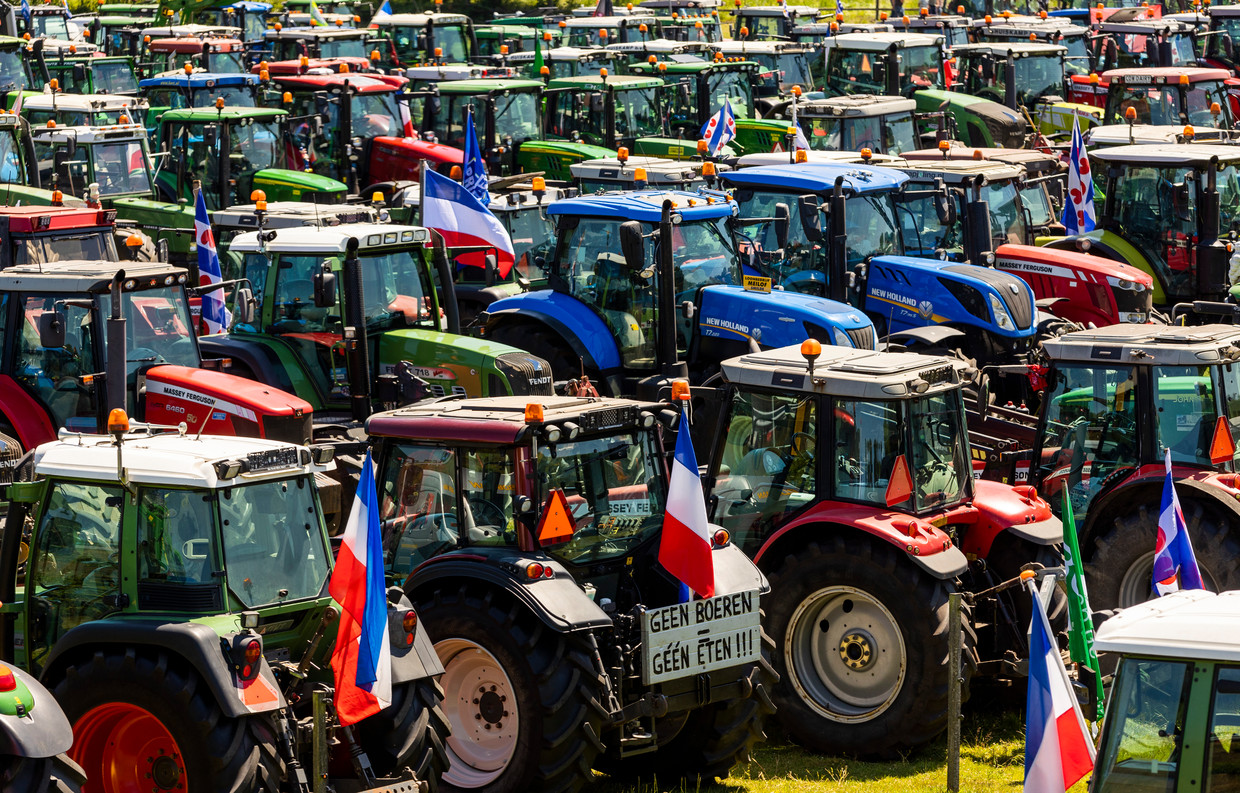
The more animals, the more feed. The more animal feed, the more ForFarmers’ billion-dollar sales.
So it’s no surprise that the numbers for last year — the year marked by bird flu, swine fever and Dutch and Belgian nitrogen debates — don’t lead to a celebratory mood at the animal feed giant.
2022 has been a “tough year,” ForFarmers emphasized when presenting the annual figures Thursday morning. The parent company Gelderland, which is active in the Netherlands, Belgium, Germany, the United Kingdom and Poland, recorded the largest decline in sales in its recent history: it sold 6.6% less feed.
The decrease in the number of pigs made itself especially felt. Pig farmers in both the Netherlands and Belgium have benefited from a treatment plan aimed, among other things, at reducing unpleasant odors in the sector. Last year, the Netherlands had 11.3 million pigs, the lowest number in twenty years.
Sale of chicken feed also fell sharply. More and more consumers prefer the “Beter Leven” concepts, in which more space is given to broilers during their life and the total number of broilers decreases. In addition, the largest bird flu epidemic in Europe has killed more than 6 million chickens, ducks and turkeys in the Netherlands since 2021.
Ukrainian chicken becomes Polish
In Poland, the company sold larger quantities of feed for broilers. Due to the Russian invasion of Ukraine, the Ukrainian chicken meat export decreased significantly. Neighboring Poland filled that gap. This increase in sales offset the decline in net profit, which was about 3 percent. The animal feed giant suffered from soaring energy and raw material prices as a result of the Russian invasion.
Together with two other companies, the company, which has grown into a multi-billion dollar international corporation after mergers, controls about three-quarters of the Dutch animal feed market.
But the imminent decline in herd size threatens to further pressure the company’s profitability in the coming years. The government wants to attract ranchers near endangered nature reserves to keep fewer animals or stop in order to break the nitrogen impasse. This plan leads to the general disapproval of the company.
For example, the animal feed producer funded a widespread farmers’ protest against those plans in Stroe last summer. “We have stood shoulder to shoulder with farmers during the protests,” explained Chief Financial Officer Roeland Tjebbes in presenting the annual figures.
innovation
The company does not see downsizing, but innovation as a solution to the nitrogen problem. “This is a much more effective way forward, with much more support,” said Tjebbes. According to many experts, innovation alone is not sufficient to significantly alleviate nitrogen pressure on vulnerable nature – they consider reducing livestock numbers essential.
The sector must also be given time to change, says Tebbes. It seems that this prayer has now been answered. ForFarmers is one of dozens of parties sitting around the table in talks over an agricultural agreement, which should give direction for the future of Dutch farming. These talks are not going smoothly yet.
If the first lines of agreement became clear this month, that target has now been revised to April. “As long as bottlenecks, such as nitrogen, are not dealt with, it is very difficult to define such a long-term vision,” Tebbes said of the talks. “We are very concerned about that.”
Another big farmers protest was announced on March 11, a few days before provincial elections in which nitrogen is central. Tjebbes said the company “has no role in this at the moment.”

“Lifelong zombie fanatic. Hardcore web practitioner. Thinker. Music expert. Unapologetic pop culture scholar.”








